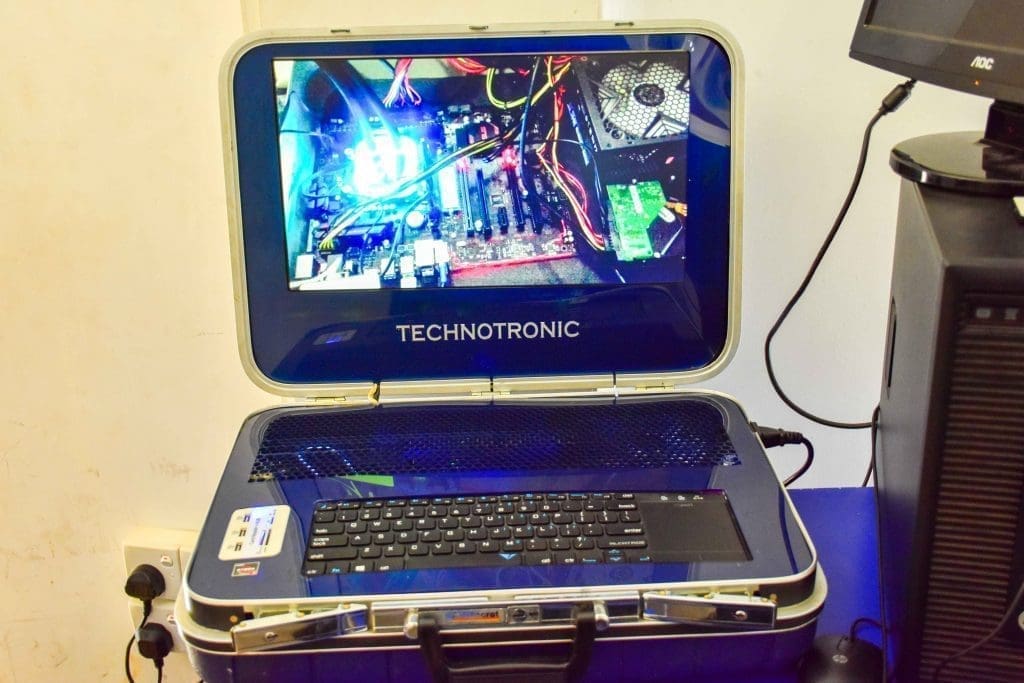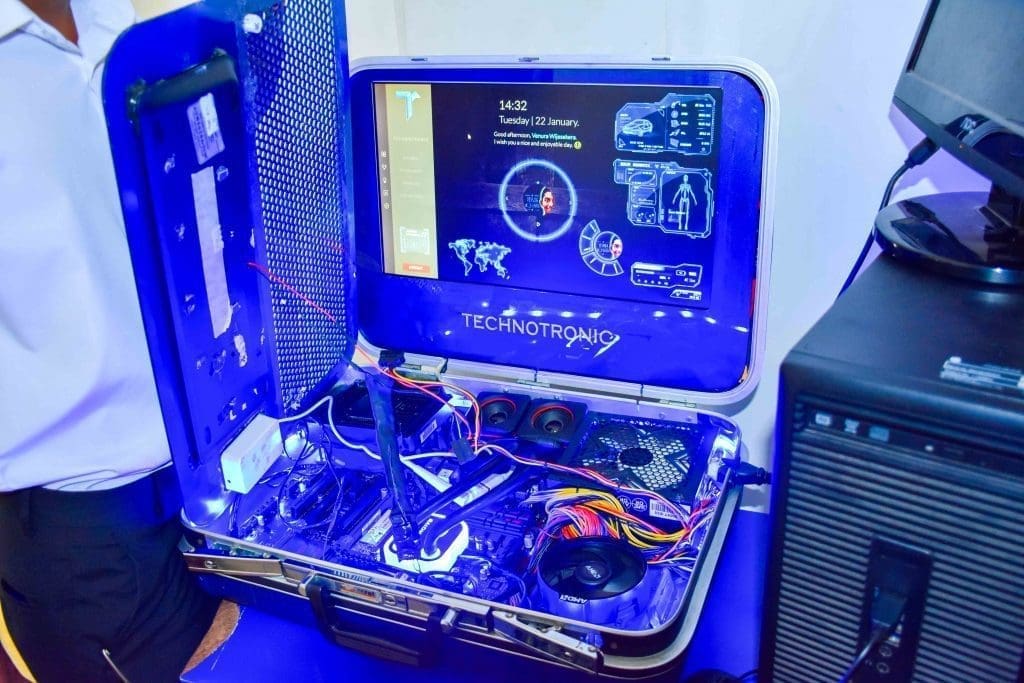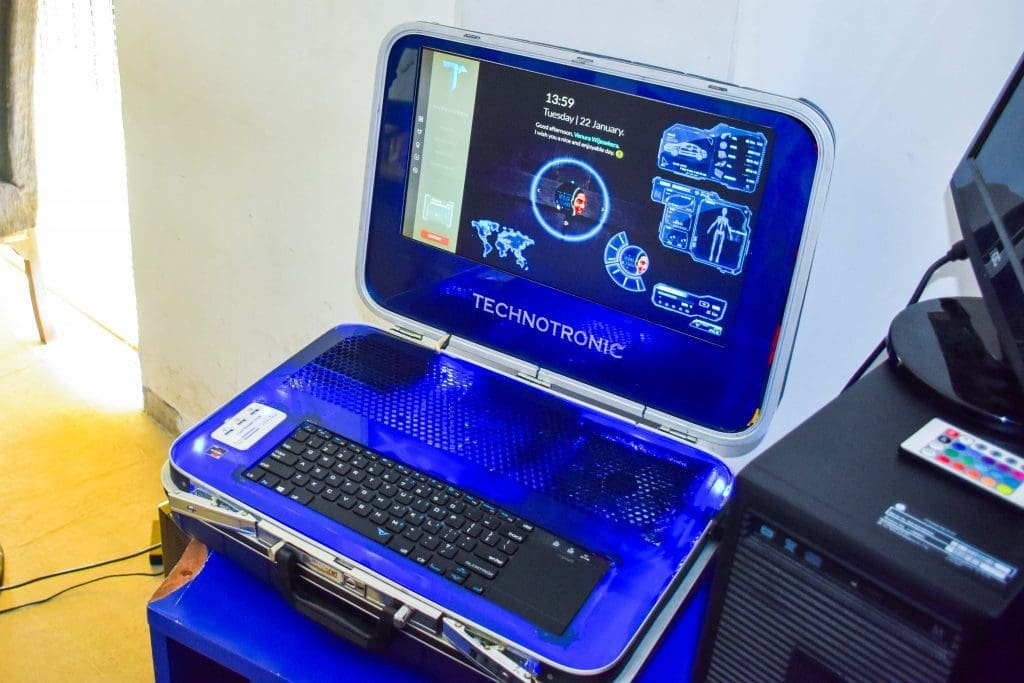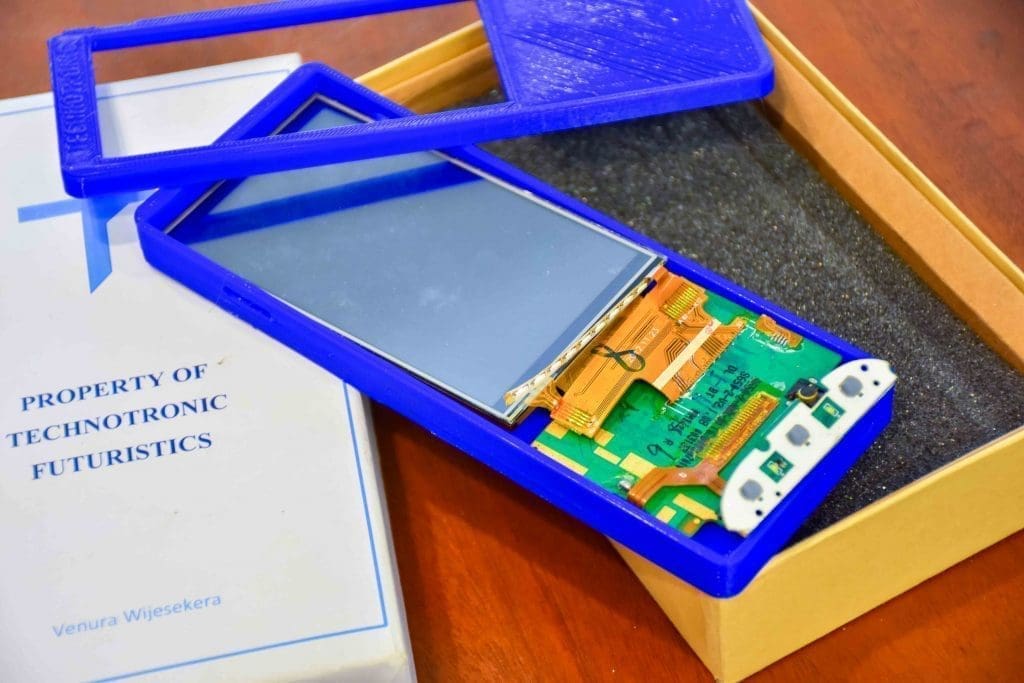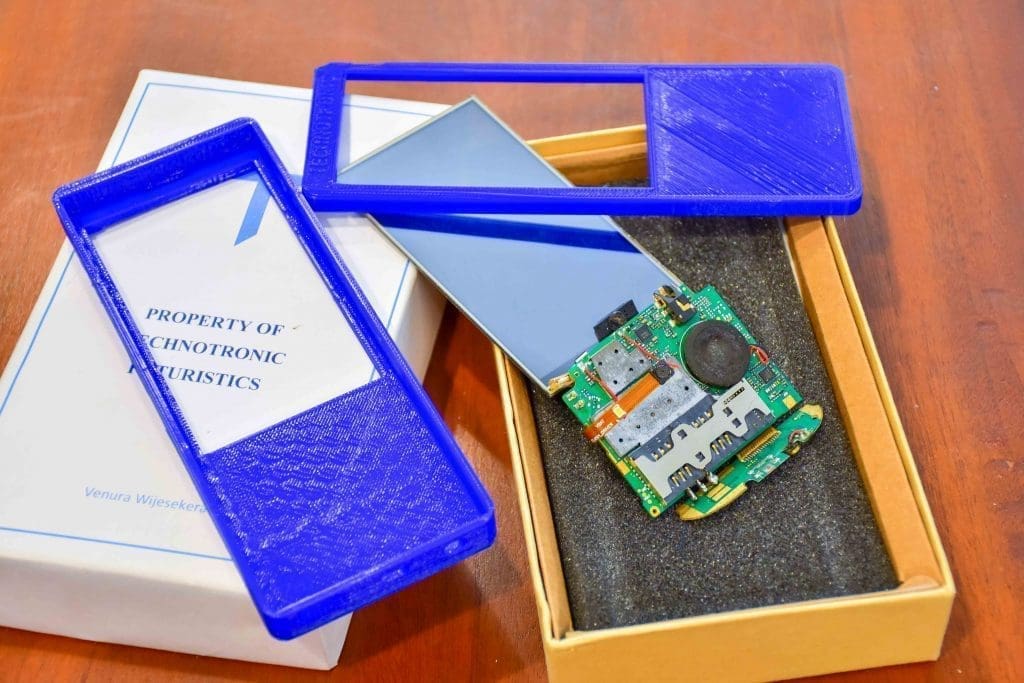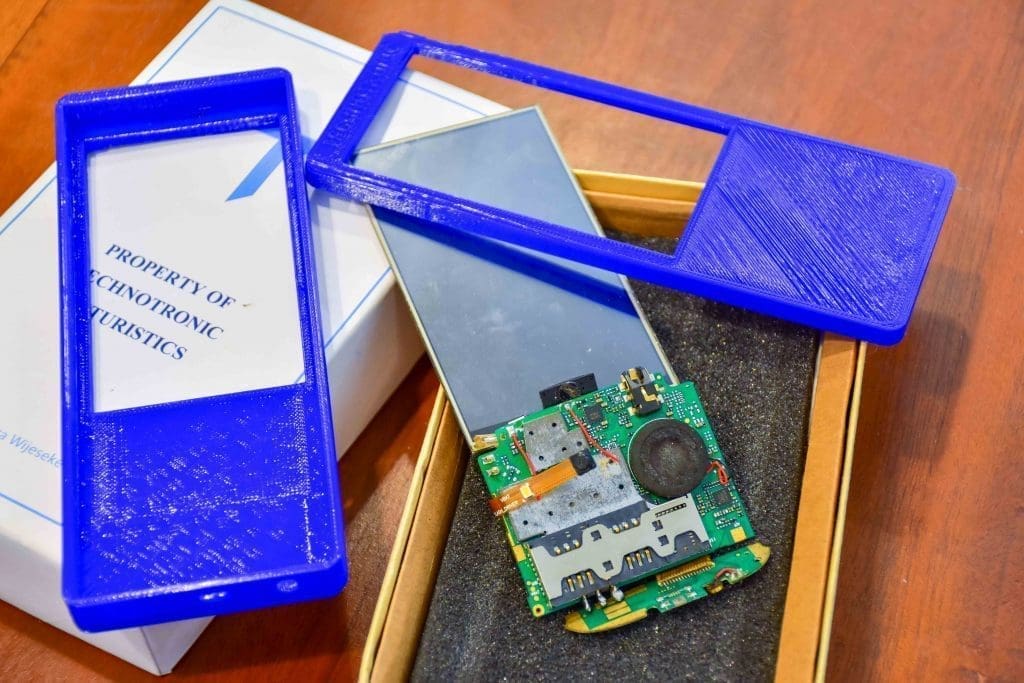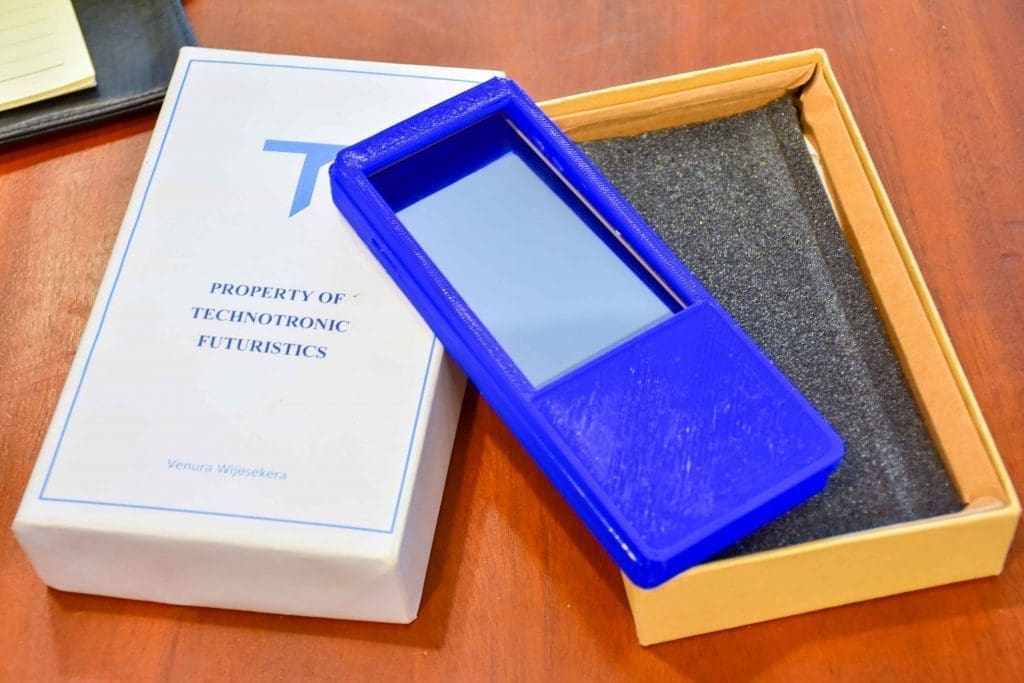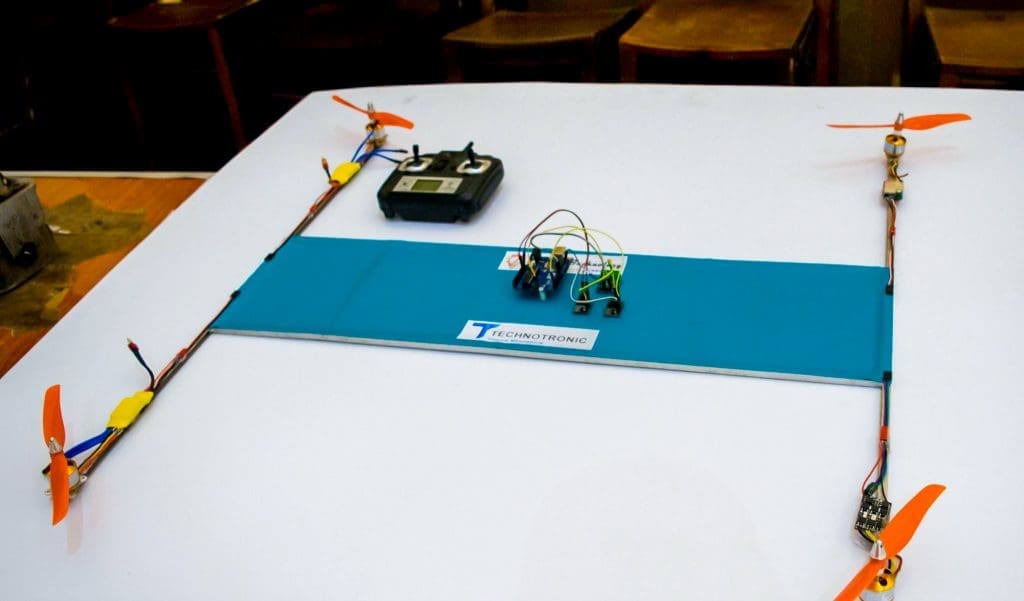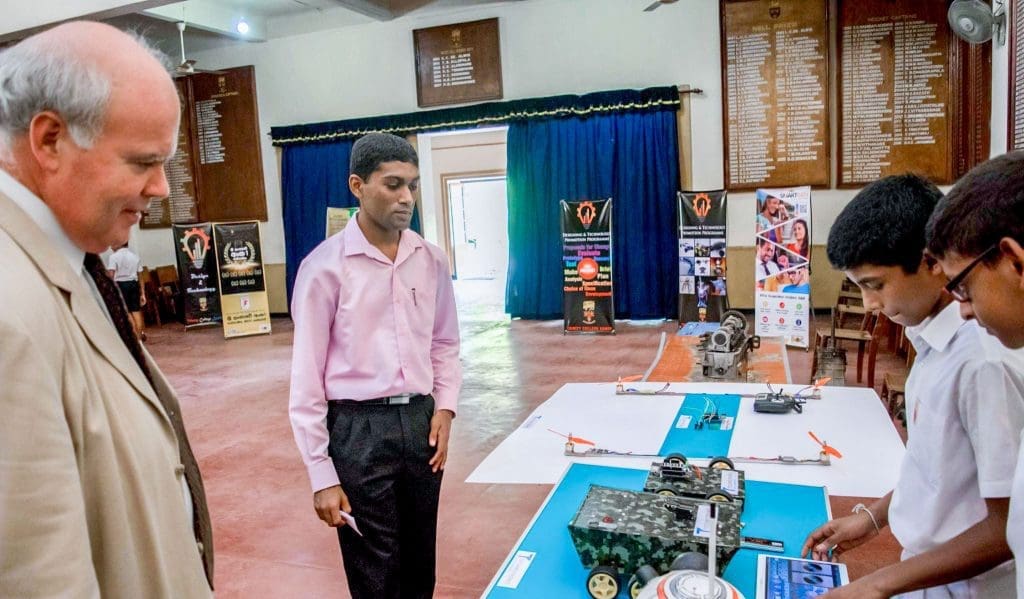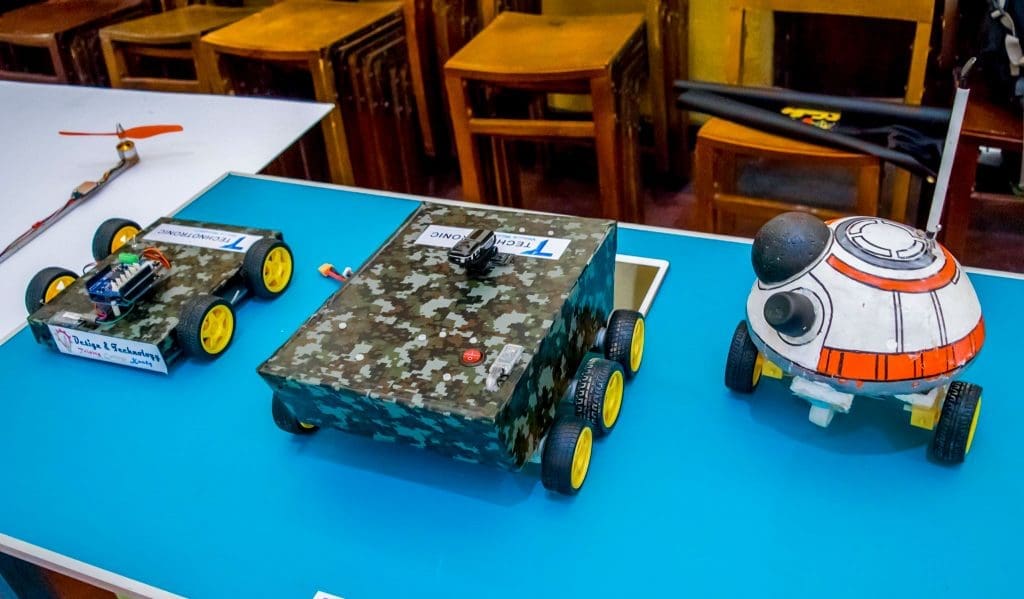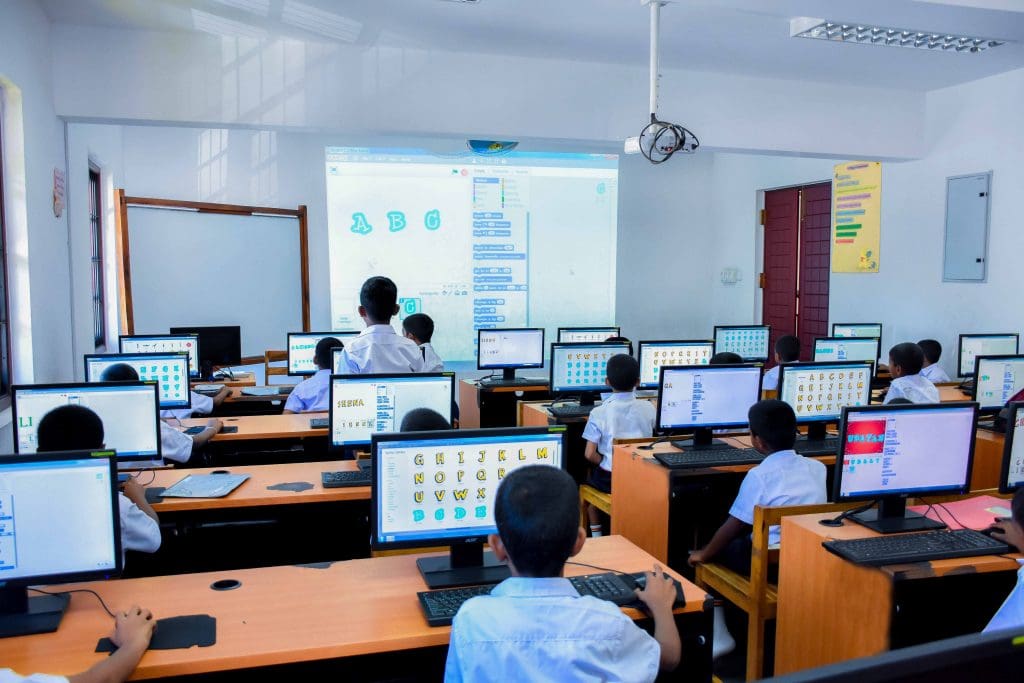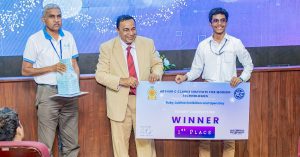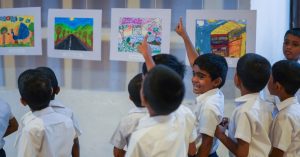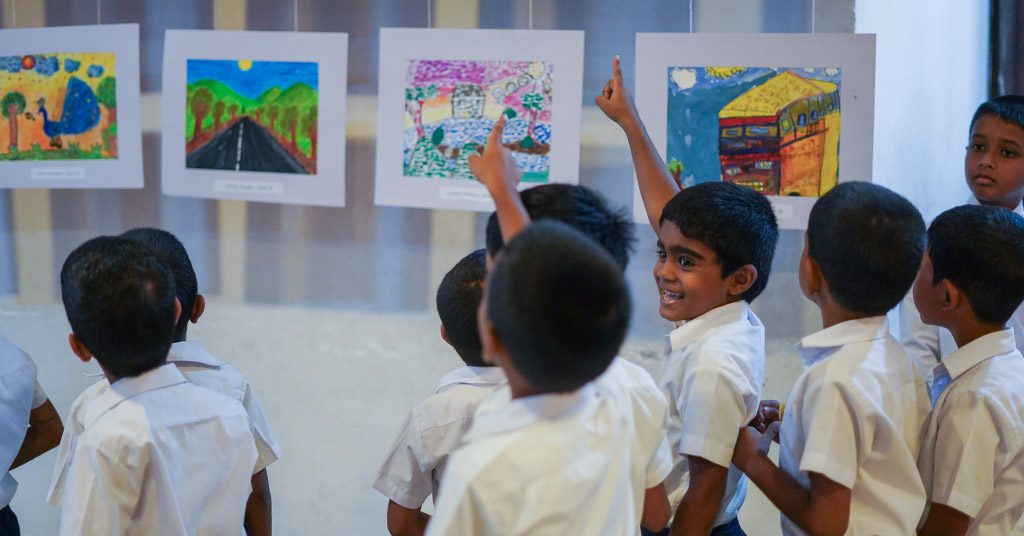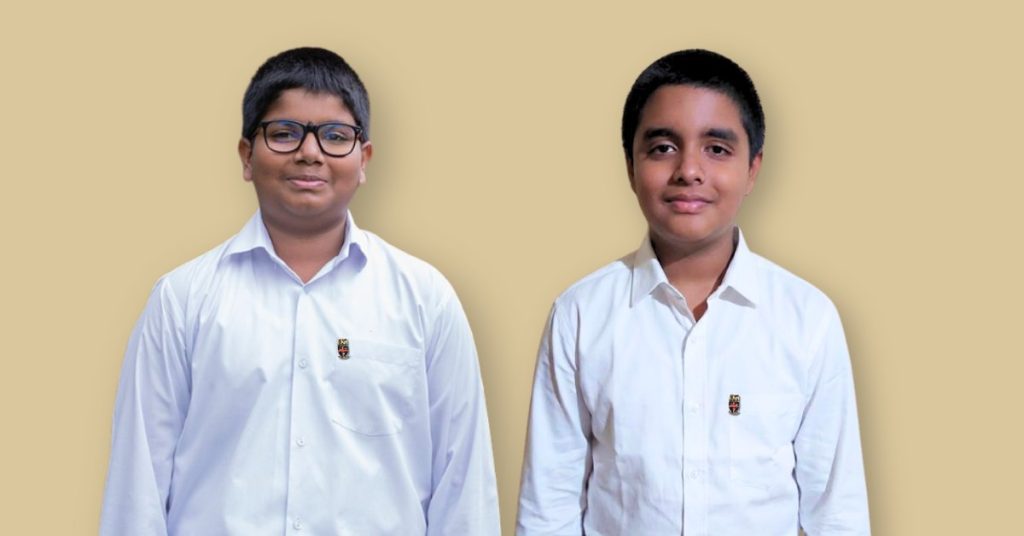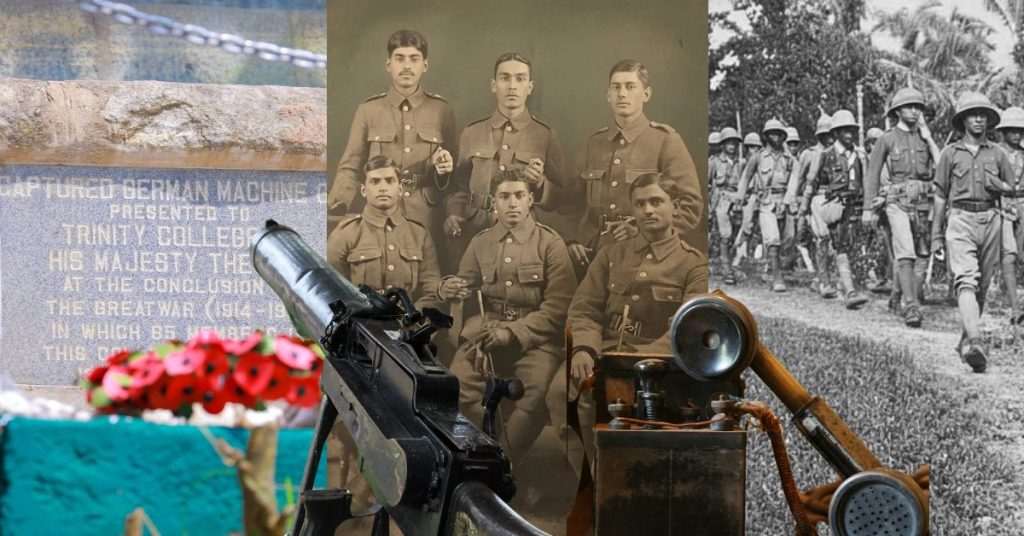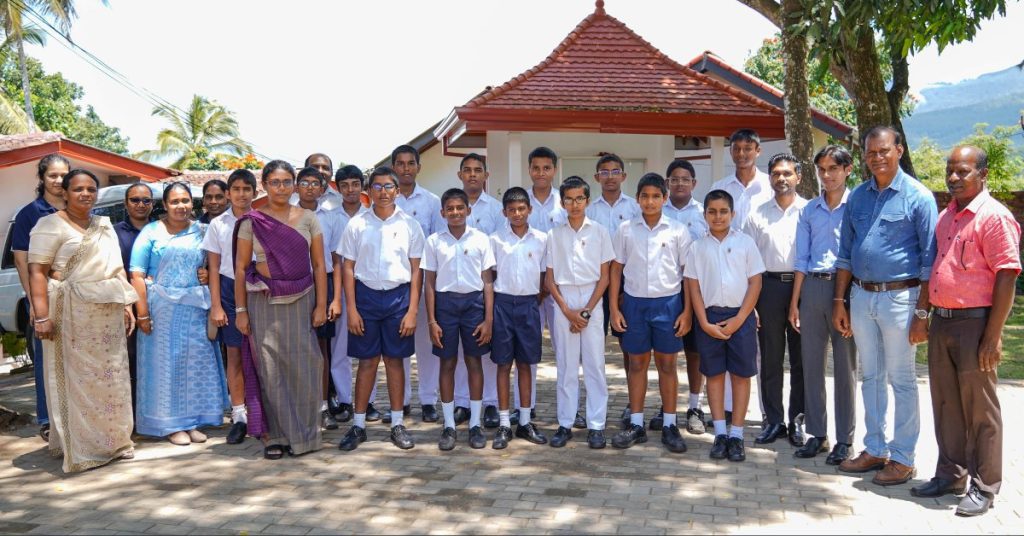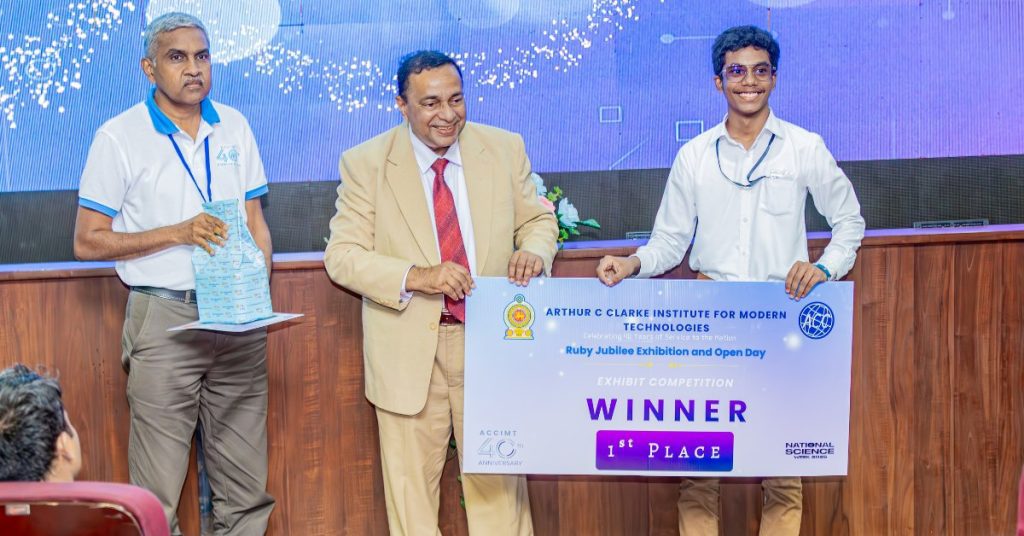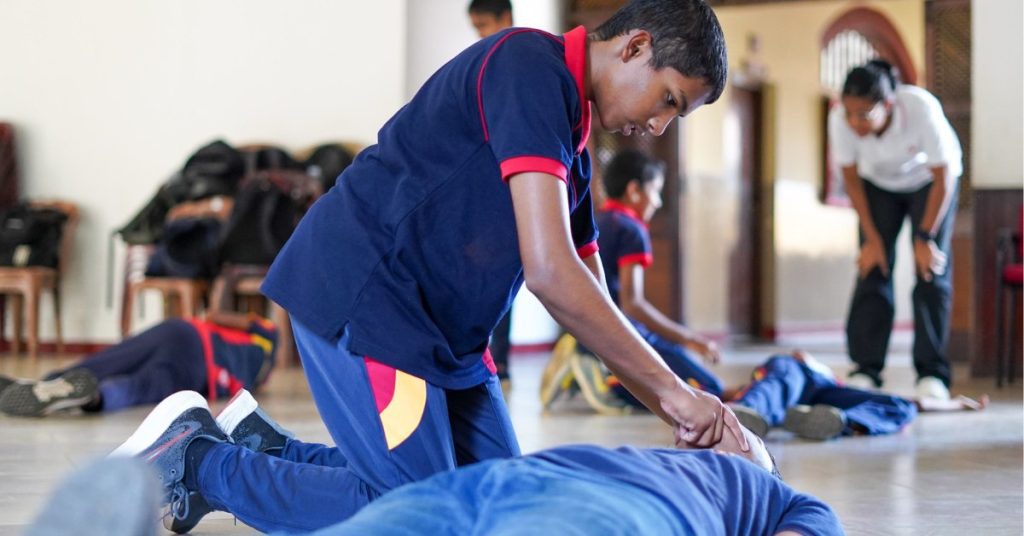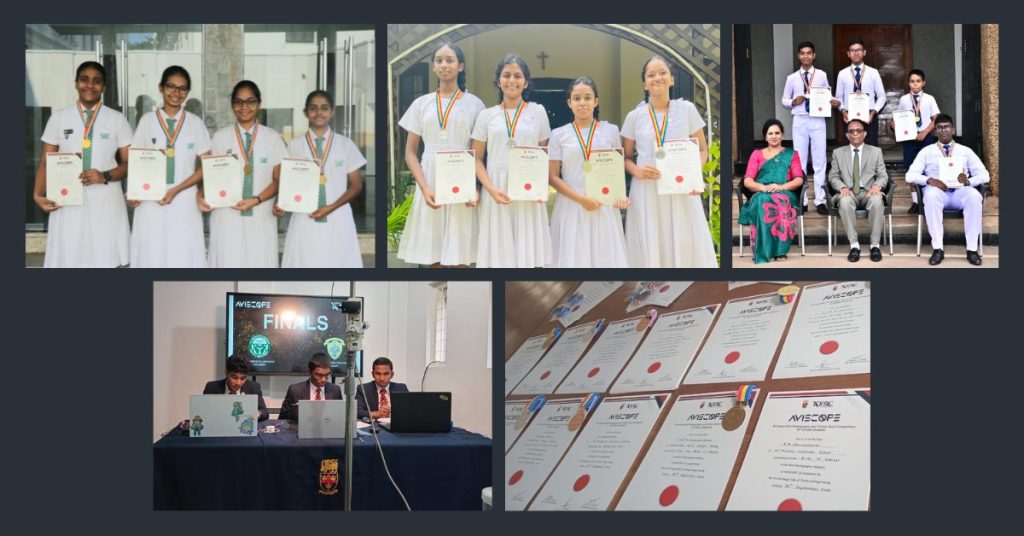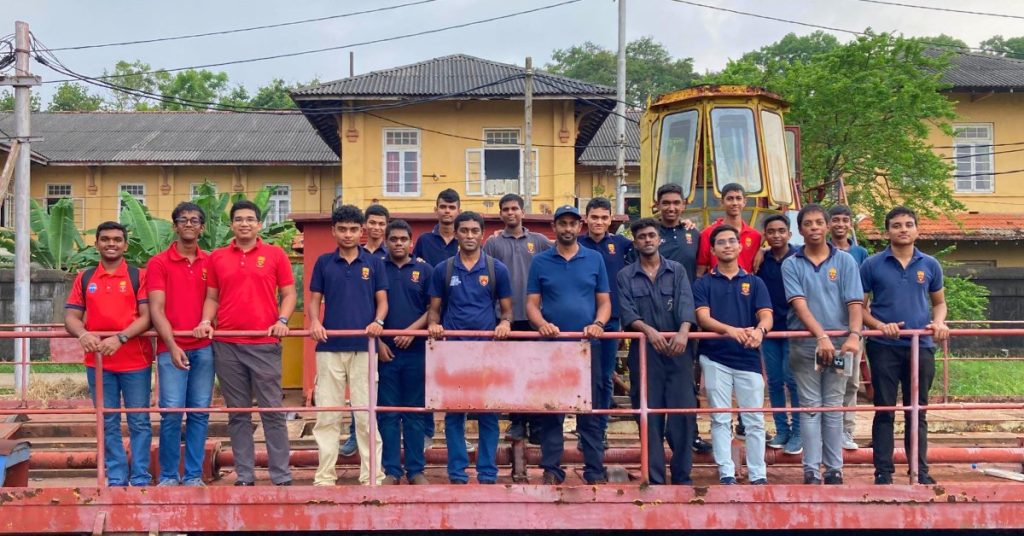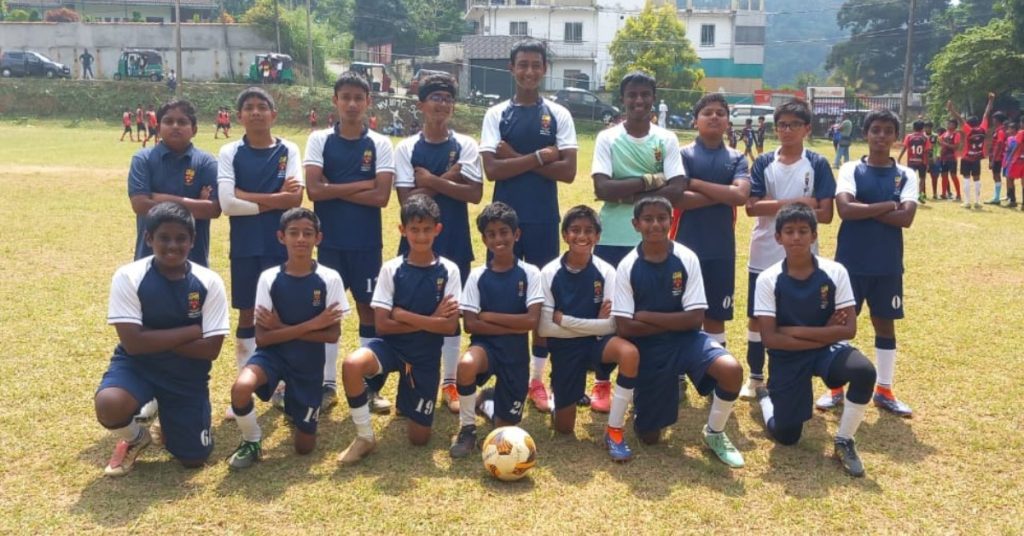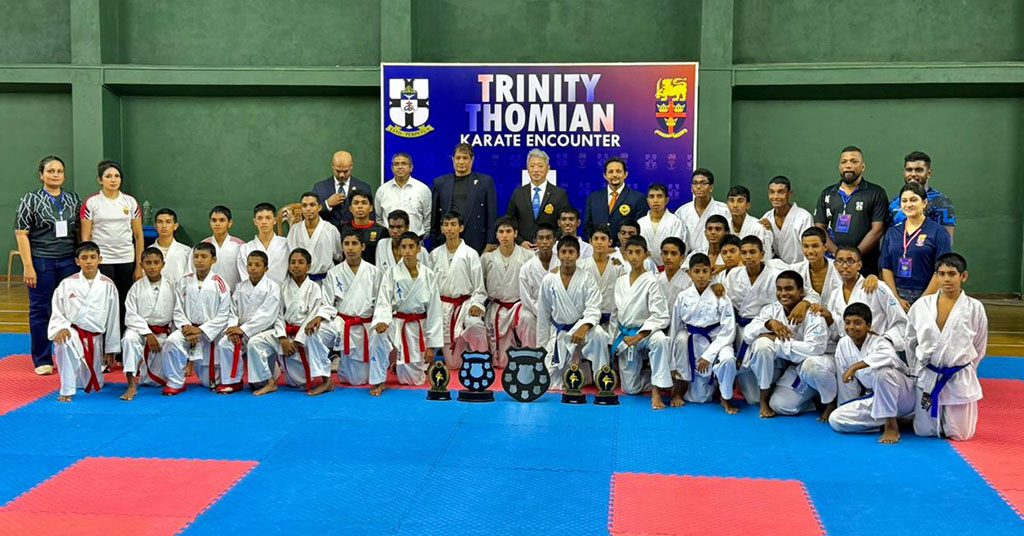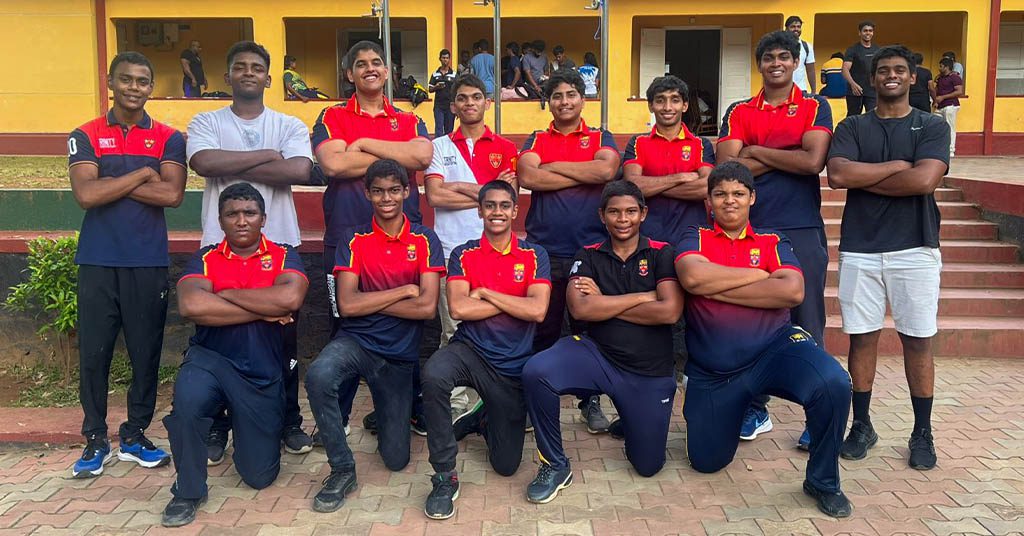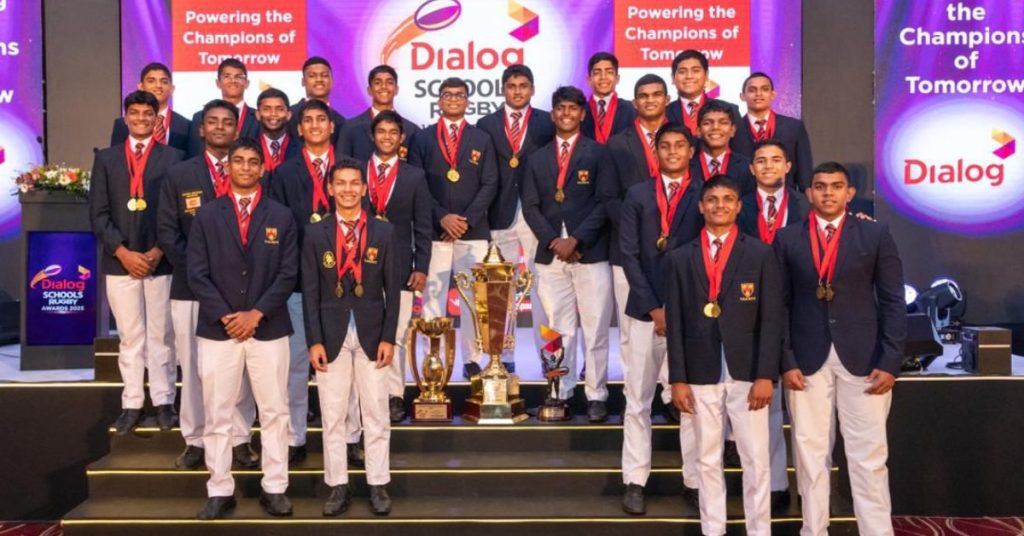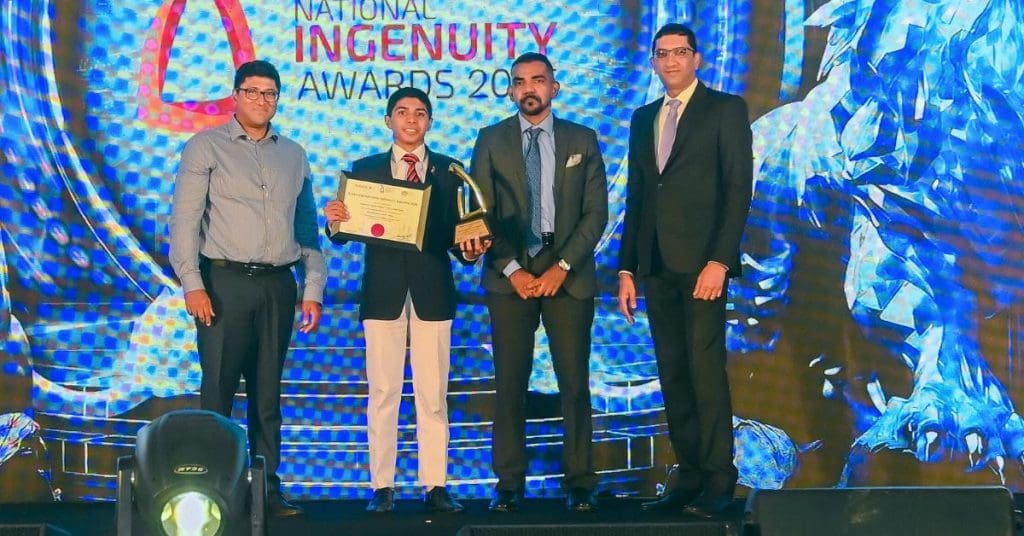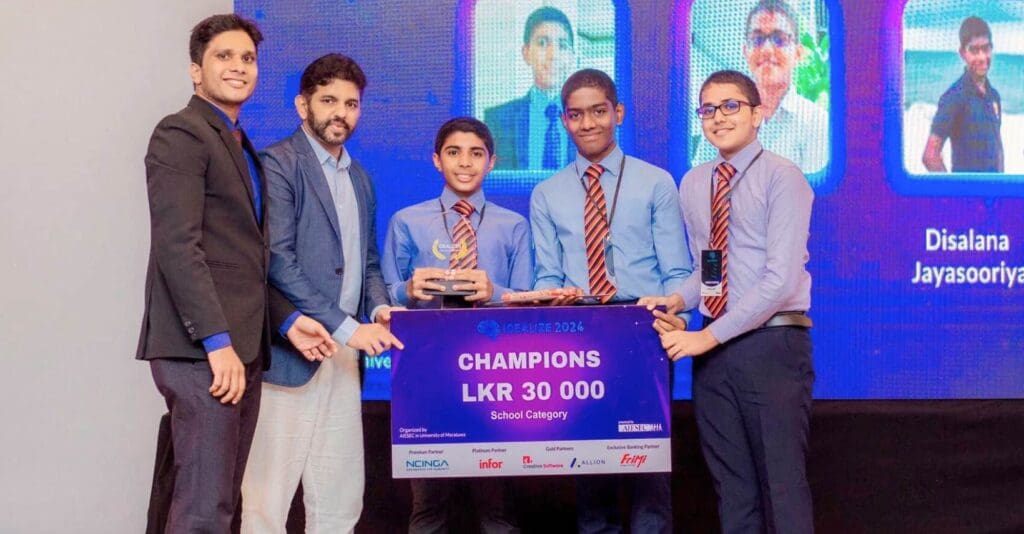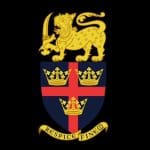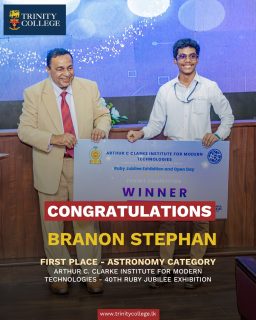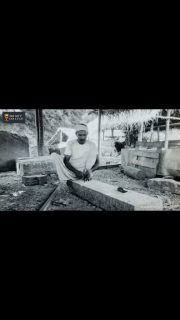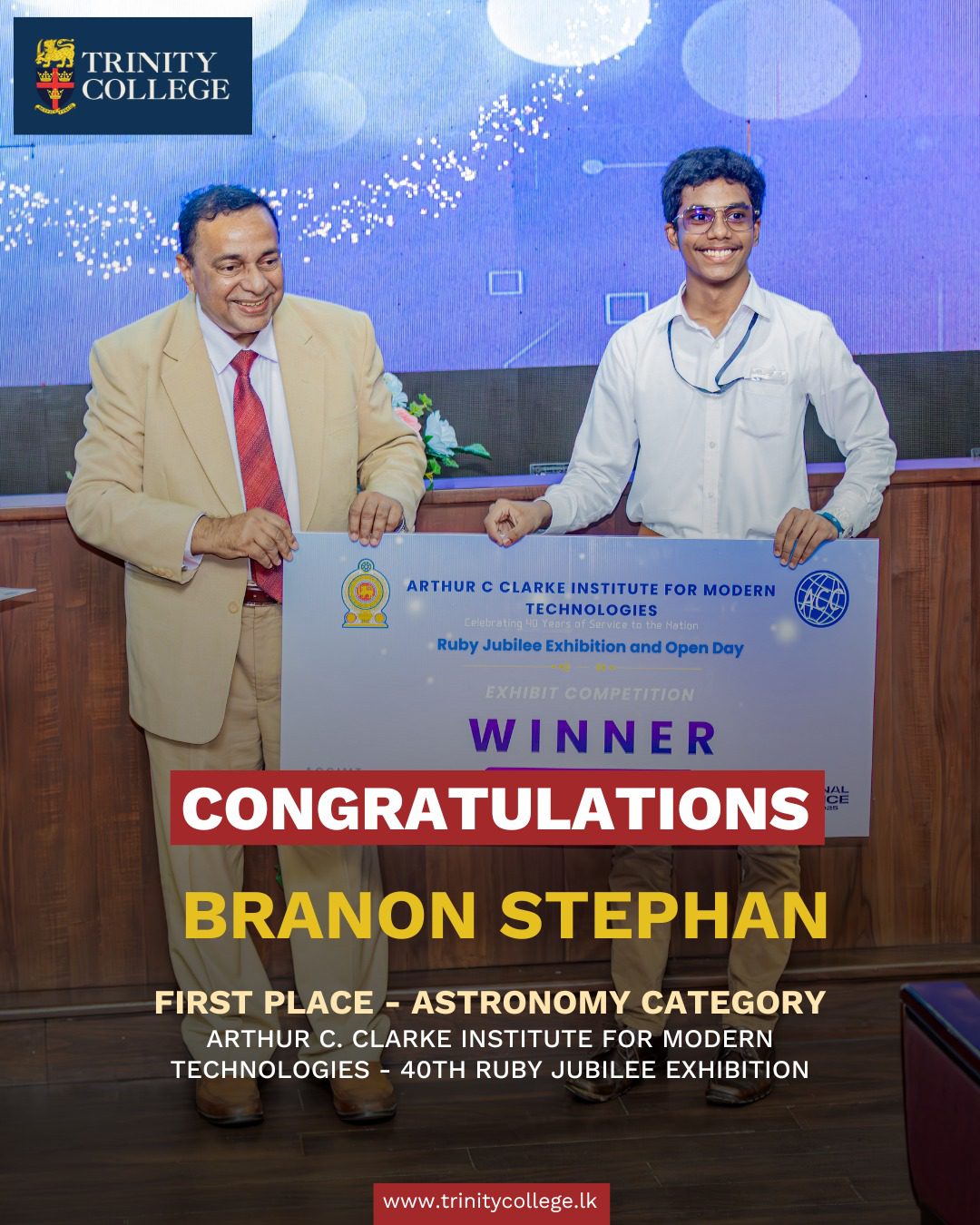Article by Sheshan Abeysekara and Parinda Ratnayake
While working for the College Website Team I have met many students talented in various disciplines. But when I heard that an 11th grader had made a PC in a briefcase, I was taken by surprise. I wanted to meet him and see his creation for myself. While waiting in the second floor of the CLC with a junior author, a smart and confident looking fellow walked up the stairs with heavy briefcase in his hands.
Master Venura Wijesekera invented a portable high specification PC which is built into a briefcase, along with a 3D printed mobile phone which has a transparent display. Currently he’s in Grade 12 hoping to pursue in Maths for his A/Ls. Following is a short review of his inventions and how he developed his skills in software programming and building PCs.
The portable computer in a briefcase – the Technotronic MR1
Given its due name ‘Technotronic’, Venura also introduces the computer as ‘MR1’ which refers to ‘Military Rugged’ as it is designed to meet similar specifications for military use: being shockproof and water resistant.
Venura’s idea to make a briefcase PC was inspired by the film ‘Kingsmen: The Golden Circle’ which has a briefcase used as a high-tech grenade launcher.
In 2016, during Venura’s 9th grade year, he started his research, gathering the components, and programming the software to suit his concept. The process of constructing the computer started during the course of last year. The surprising fact for us was that, he had only taken 48 hours to put all the components together and build the MR1 successfully all by himself without any faults or software errors.
The components were bought from Colombo and Kandy suppliers, although Venura also said that he had to buy some parts online, rounding up the total cost of the entire computer close to Rs 200,000.
The specifications of the computer are: a AMD Ryzen™ 5 2400G Processor with Radeon™ RX Vega 11 Graphics card; 240GB SSD and 1TB HHD storage capacity which can be extended to 84TB; a 8GB RAM which can be extended to 64GB; 12-20 hour battery life; 3 x USB 3.1 ports and running on Windows 10.
The smart phone with a transparent display
Venura started researching phone assembly in grade 8, where he took apart various phones to learn more about their software and hardware properties.
He told us the inspiration for the idea of having a transparent display came from ‘Iron Man 2’.
While the smart phone is still under a developing stage, Venura mentioned that he was able to get the ‘transparency’ of the display through configuring its chemicals and reducing its layers.
The exterior body of the phone was first designed by him using AutoDesk – a software used for architecture, 3D engineering, construction, manufacturing, media and entertainment industries. The phone body was created using a 3D printer made available at the American Corner, Kandy.
The specifications of the phone was reduced as the focus was entirely on its display. The specifications include: 2 SIM ports and a SD card port; 3000mAh battery , and running on Android 4.0.
Venura has also experimented with Arduino boards to make robots, and made a fully functional drone which was displayed at a design and technology exhibition held in 2017 at the College Hall.
When we asked him about the resources he used to learn about design and technology, he said that he mostly referred to YouTube videos and read about machine building on https://www.instructables.com.
He also received the support of two Middle School staff members Mr Subash Danasekara who provided Venura with an outline for using proper motherboards for his devices, and Mr Ruchira Gangahagedara who motivated Venura to apply for the ‘Innovator of the year’ prize in Middle School which he was awarded in 2017.
Venura first became fascinated with technology in 2013 while he was just in 6th grade. His enthusiasm kept growing like a flame over the years inspired by what he saw on the Internet and experiments conducted at his own lab. He is in every meaning a ‘self taught boy’ who continues to pursue his passion in technology as a hobby. However, he would not have been able to follow his interests without the support and guidance of his family: Mr Nuwan Wijesekera (father), Dr Jinadari Wijesekera (mother), and siblings Hymini Wijesekera (elder sister) and Yasassvi Wijesekera (younger brother).
In a society where parents and children are forced to chase behind obtaining ‘A’s in O/L and A/L exams avoiding all extra-curricular activities, Venura is a classic example of a boy who simply followed his own steps into doing something ‘different’ and ‘unique’. We congratulate Venura Wijesekera and wish him all the best for his future work, and encourage younger Trinitians and those interested in IT and technology to follow their dreams and think ‘outside the box’.
Providing a foundation to pursue interests in technology and software, Trinity College offers programming and computer science through its updated IT curriculum starting at the Junior School. Students from grade 2 and upwards are already taught ‘Scratch‘, a visual programming language for teaching programming concepts, which also teaches them to think creatively, work collaboratively, and reason systematically.














